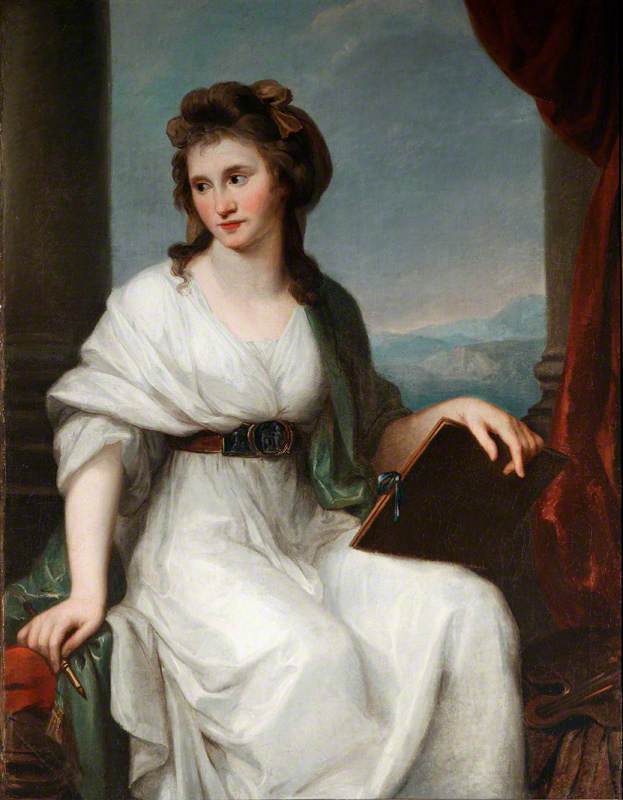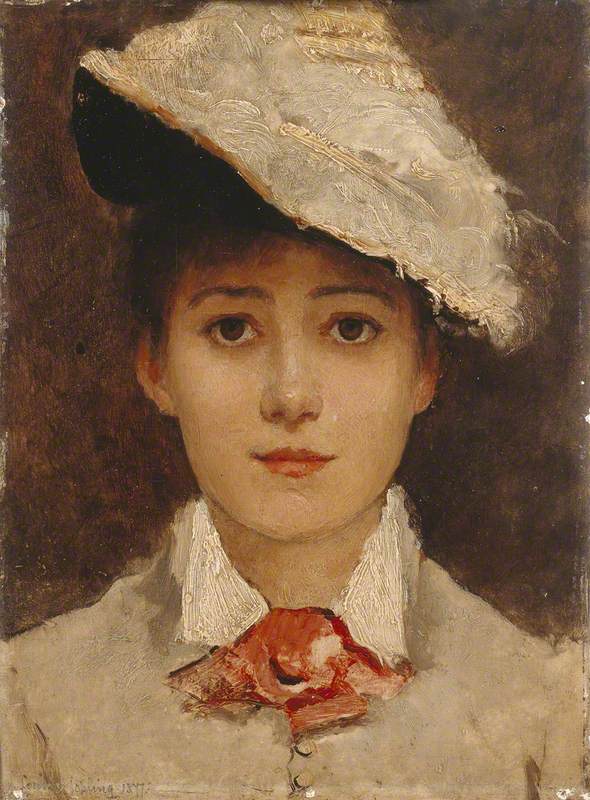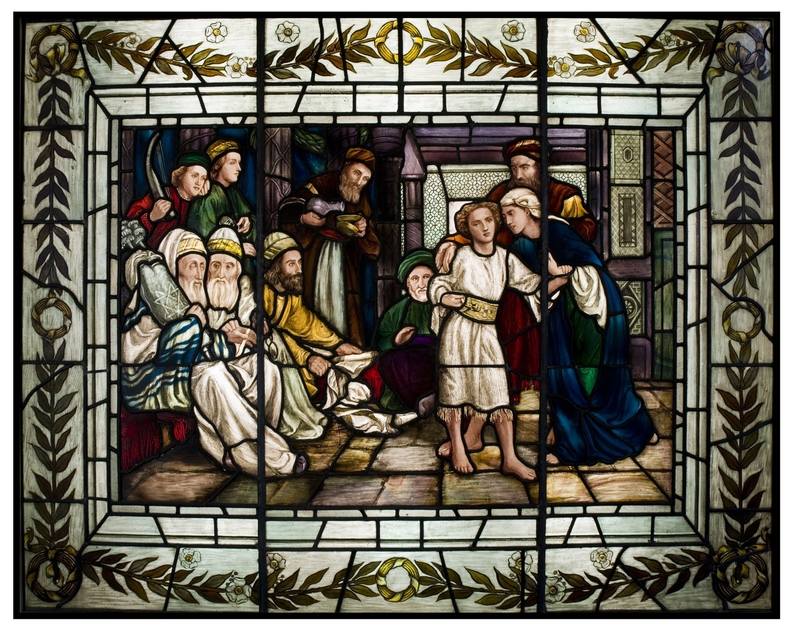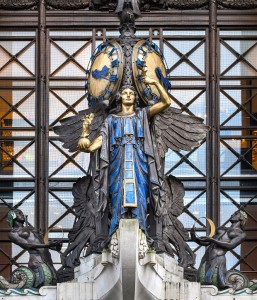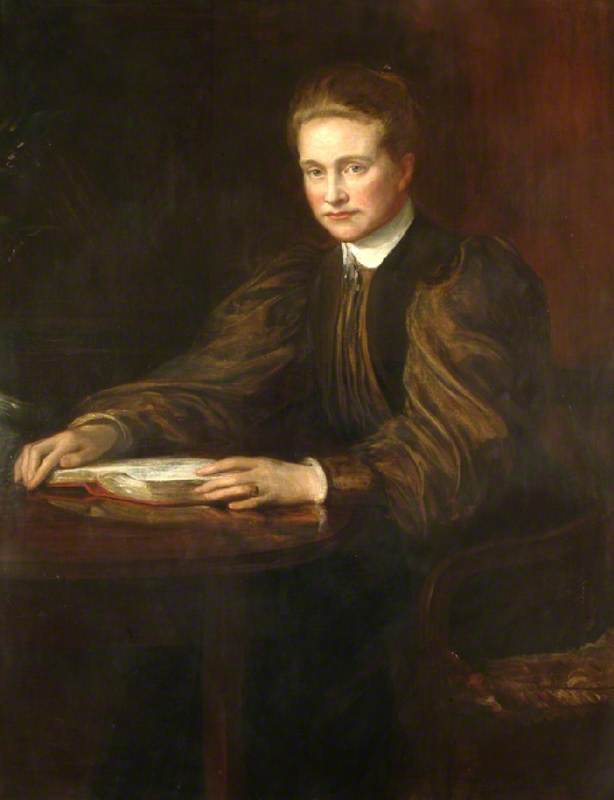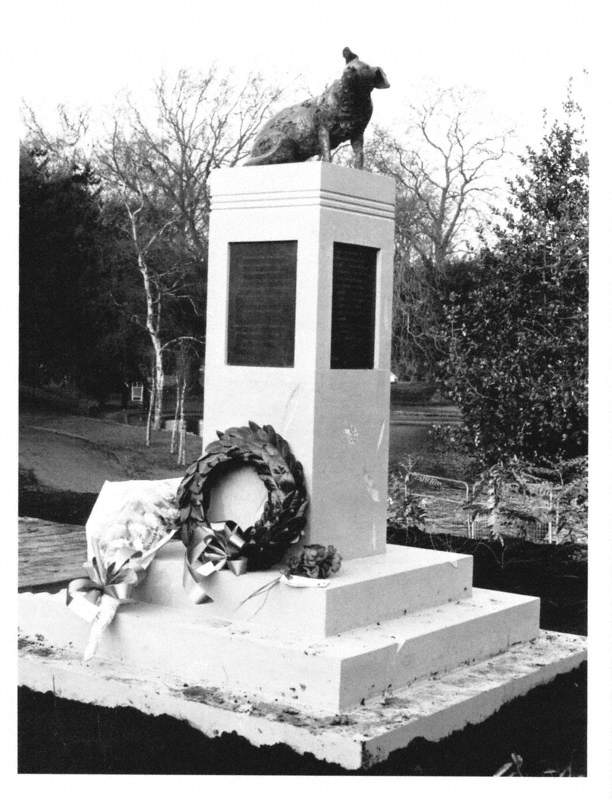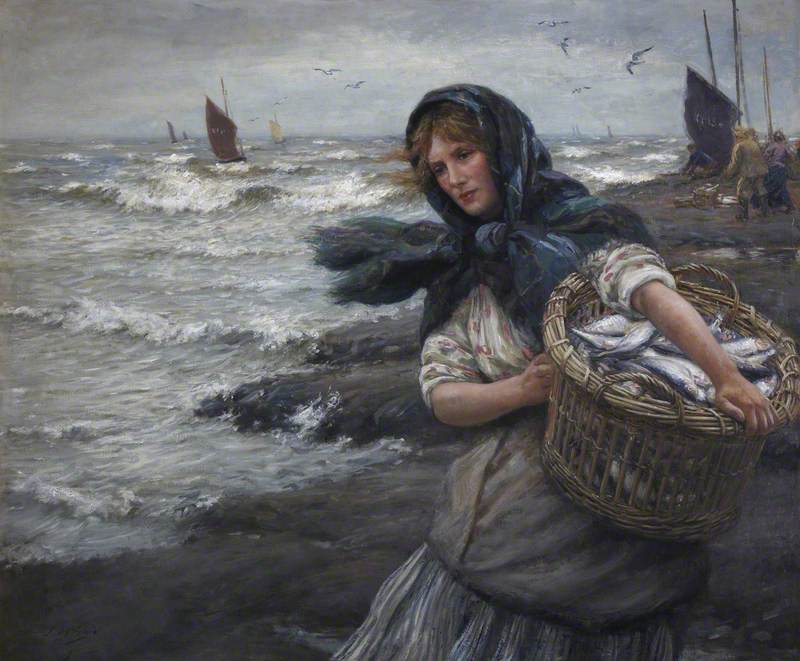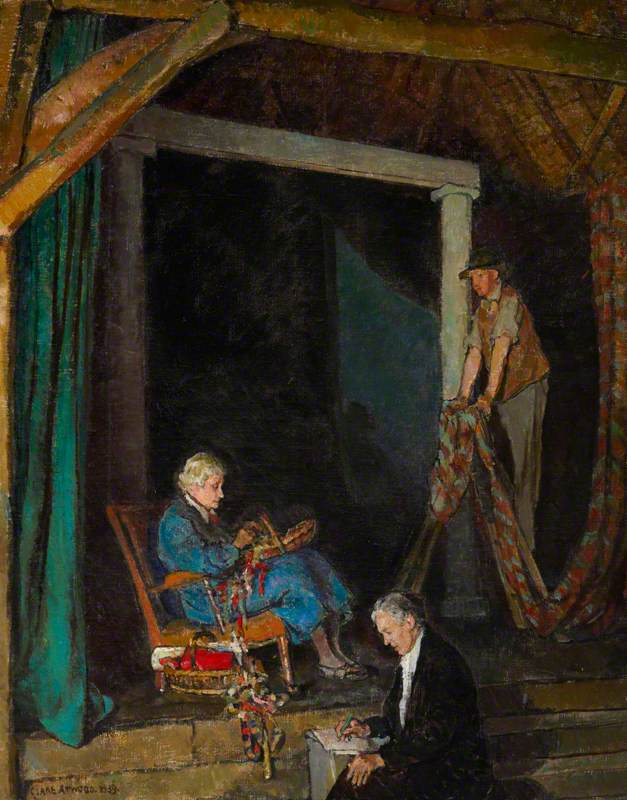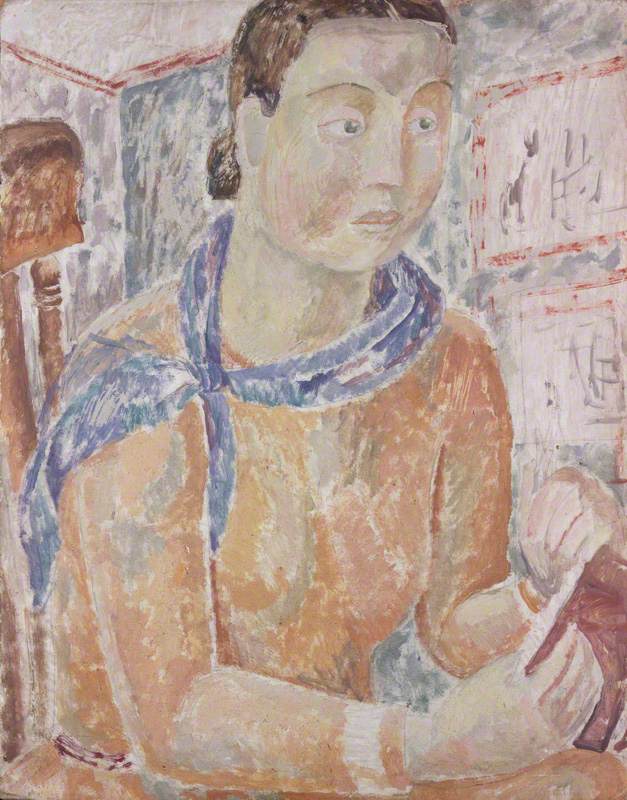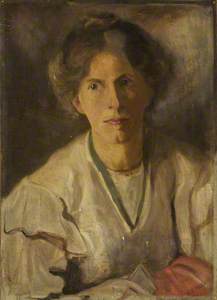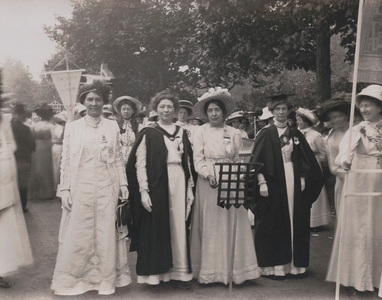On 14th December 2018 we marked the 100-year anniversary of the first UK General Election in which, as a result of the Representation of the People Act 1918, some women, and all men, were given the right to vote. Although it was not until the Equal Franchise Act of 1928 that all women over the age of 21 were able to vote, finally attaining the same voting rights as men, this was a remarkable and important landmark in British history.
These rights were achieved primarily because of the extraordinary bravery and determination of two groups of women; the Suffragists, who fought for the right to vote by lobbying and other non-violent actions, and the Suffragettes who advocated the use of any means to achieve the vote, including acts of violence, arson, vandalism and an ethos of 'Deeds Not Words'.
To mark this centenary, 2018 saw the erection of several new statues depicting some of the key individuals from the women's suffrage movement. The most notable of these incredible women is undoubtedly Emmeline Pankhurst (née Goulden).
Emmeline was born in Moss Side, Manchester on 15th July 1858. Her husband, Richard, had been involved in the campaign for women's suffrage for years when, in 1880, Emmeline was elected onto the Executive Committee of the Manchester National Society for Women's Suffrage.
In 1886, the family, including their daughters Christabel and Sylvia, who were themselves to become key figures in the fight for votes, moved to London. Their eventual home, 8 Russell Square, became a centre for radical debate and political meetings. They returned to Manchester however in 1893.
Disillusioned with the Independent Labour Party (ILP), that she had been committed to since 1893, on 10th October 1903, Emmeline founded the Women's Social and Political Union (WSPU), along with the wives of several other ILP members; their motto was 'Deeds Not Words'. Membership was restricted to women only but was open to those from any social class.
In 1910, Emmeline moved the WSPU headquarters to London and their campaign became increasingly militant. The numerous arrests of its members and subsequent endurance of brutality in prison, including the practice of force feeding, were one of the primary reasons for the success of the women's suffrage campaigns.
Emmeline died on 14th June 1928 from septicaemia, just before her 70th birthday, and is buried in Brompton Cemetery. Just under a month after her death, on 2nd July 1928, the second Representation of the People Act become law, and gave women equal voting rights with men.
'Rise up, women' (Emmeline Pankhurst, 1858–1928)
2018
Hazel Reeves and Bronze Age Sculpture Casting Foundry 
On 14th December 2018 at noon, to coincide with the 100-year anniversary, a magnificent bronze statue of Emmeline Pankhurst was unveiled in St Peter's Square in the heart of Manchester. Emmeline's great granddaughter, Helen Pankhurst, was in attendance at the unveiling. Titled Rise Up, Women, this powerful and evocative work has been created by the West Sussex-based sculptor Hazel Reeves, well known for her wonderful statue of the Cracker Packers in Carlisle.
Only becoming a full-time portrait sculptor in recent years, Hazel's academic background in gender studies, social history, and women's rights made her a particularly appropriate choice for the artist who would represent Emmeline in bronze. The statue, imbued with meaning and carrying the weight of an important aspect of Manchester's history, is a valuable addition to the city's cultural history. Hazel talks about the 'sense of responsibility' in capturing the essence of this remarkable woman in the work.
Hazel Reeves in her studio with the original clay model for her statue of Emmeline Pankhurst
The statue is the result of a campaign that began in 2014 and the selection of Emmeline Pankhurst as the subject of the work was made through public vote from a list of twenty 'inspiring' Mancunian women.
The full-size clay model for the statue in Hazel Reeves’ studio
Apart from commemorating this exceptional woman from Manchester's history, the statue is also important because up until now, 16 of the 17 statues in the city centre were of men – the only exception is a statue of Queen Victoria unveiled in 1901. Remarkably, it will be only the second large commemorative statue of Emmeline in the country – the other, a Grade II listed statue by Arthur George Walker, was erected in 1930 and stands at the entrance to Victoria Tower Gardens, near to the Palace of Westminster.
Memorial to Emmeline and Christabel Pankhurst
1930 & 1959
Arthur George Walker (1861–1939) and Peter Hills (b.1925) and Herbert Baker (1862–1946) and A. B. Burton (active 1874–1939) 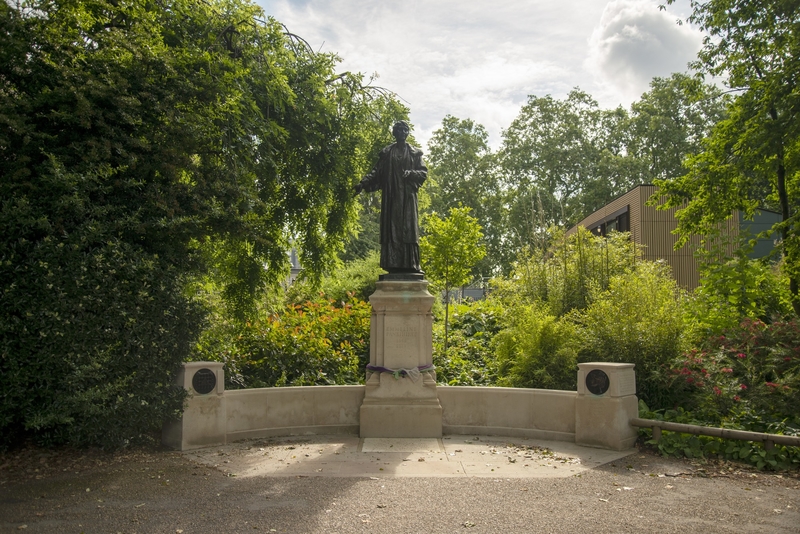
Christabel is also commemorated on a portrait medallion on one of the pillars flanking that statue.
Highly unusual in its design, Reeves' figure of Emmeline surmounts a chair, depicting her addressing a mass demonstration. It will be orientated towards the former Free Trade Hall, where the first Suffragette meetings took place.
The maquette for the statue of Emmeline Pankhurst
It is shown at the centre of the 'Meeting Circle' that was unveiled in July 2018 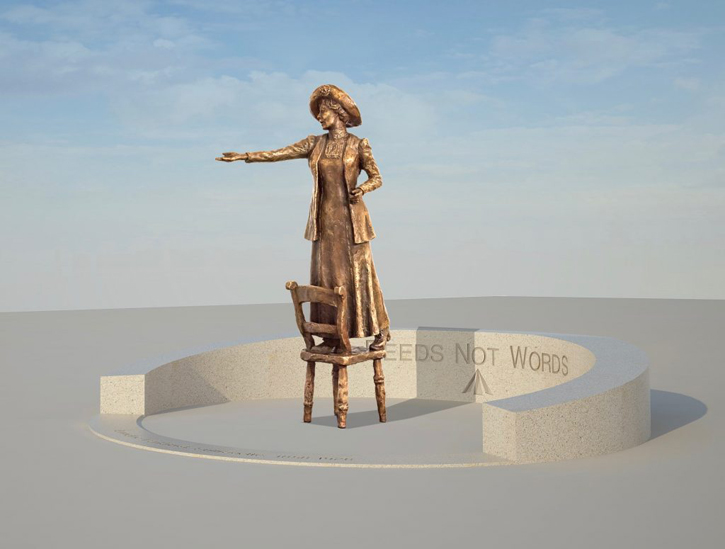
It will be set at the centre of a 'Meeting Circle', also designed by Reeves, which was unveiled in July of this year. The statue (including the chair) stands at 2.55 metres and the 'Meeting Circle' is 5.2 metres in diameter (to outside edge). You can read all about the process of creating the statue on Hazel's website.
In Oldham, on the same day as the Manchester event, a statue of the suffragette Annie Kenney was also unveiled.
Although WSPU membership was open to women from all social classes, Annie Kenney was the only working class woman to hold a senior position in the organisation – she was elected Deputy in 1912.
The bronze statue has been created by the sculptor Denise Dutton and will be situated outside of Oldham Old Town Hall. It depicts Annie in the 'Votes for Women' sash, ringing a bell, and is 2.5 metres high.
Annie Kenney was born in Springhead, Saddleworth in 1879, one of 12 children. She worked in a cotton mill from the age of 10. In 1905, she joined Christabel Pankhurst at a rally for Winston Churchill in Manchester's Free Trade Hall; Churchill was at that time MP for Oldham. After unfurling a banner, they interrupted the speeches to ask him if the Liberal government intended to give women the vote.
They were both ejected from the rally and subsequently jailed for several days – Christabel being accused of spitting at a policeman. It was the first of 13 jail terms for Annie during which she endured many instances of being force fed. That first imprisonment is regarded as pivotal in the escalation of militant acts by members of the WSPU.
Annie married and eventually settled in Letchworth, Hertfordshire. She died in Hitchin on 9th July 1953, aged 73 and her ashes were scattered on Saddleworth Moor.
The finished, full-size clay model for the statue of Annie Kenney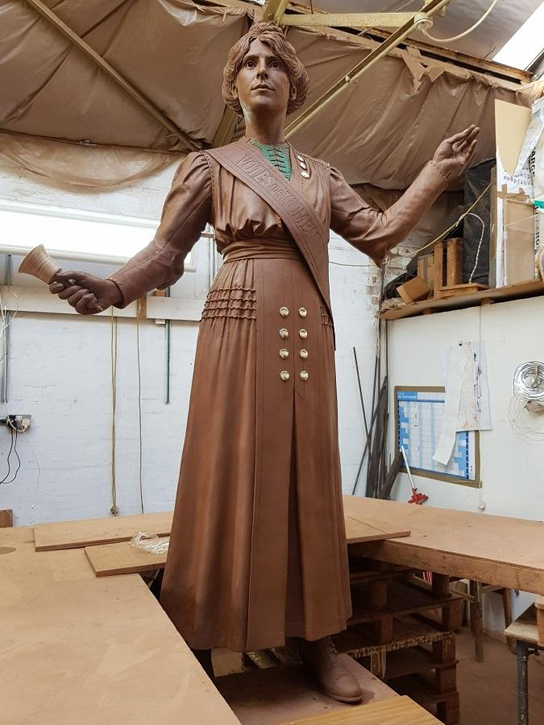
The unveiling ceremony began at Gallery Oldham, followed by a procession leading to the Old Town Hall and the unveiling itself.
Earlier in 2018, on 24th April, a statue of the suffragist Millicent Fawcett was unveiled in Parliament Square, London. It was a particularly momentous occasion because it was the first monument to a woman to be erected at that site.
Dame Millicent Fawcett was born in Aldeburgh on 11th June 1847. She was a staunch campaigner for the rights of working women and for women's access to education. In 1866, she was instrumental in launching the first ever campaign for women's suffrage.
Opposed to civil disobedience and distancing herself from the Pankhursts and the WSPU, she became President of the National Union of Women's Suffrage Societies (NUWSS) in 1897 and remained so until 1919. In contrast with the WSPU, the organisation sought to achieve the vote for women through peaceful and legal methods such as lobbying and negotiation.
After the Representation of the People Act 1918 came into force Millicent retired from the NUWSS and concentrated on her writing. In 1925 she was awarded a Dame Grand Cross of the Order of the British Empire (GBE). She died at 2 Gower Street, London in 1929. The Fawcett Society, named after her, is an active UK charity that campaigns for gender equality and women's rights.
The statue of Millicent Fawcett is cast in bronze at one-and-half times life size and was designed by artist Gillian Wearing. Millicent is depicted holding a banner that reads: 'COURAGE CALLS TO COURAGE EVERYWHERE'. This quote is taken from a speech that she made in 1920 that referenced the death of Emily Wilding Davison in 1913. The plinth carries photo-etchings of 52 key figures, women and men, who were active in the fight for women's suffrage.
Wearing's depiction of the figure holding a banner with text resonates strongly with her own photographic work of the early 1990s, Signs. For that project she stopped passers-by in South London and asked them to write down their thoughts on a placard and photographed them holding it towards the camera.
Another statue, of the suffragette Emily Wilding Davison, was unveiled in Carlisle Park, Morpeth on 11th September 2018.
Emily Wilding Davison was born in Greenwich on 11th October 1872. Her parents were both from Morpeth. She studied literature at Royal Holloway College and later obtained first class honours in English at Oxford but was not allowed to graduate because their degrees were closed to women.
She joined the WSPU in 1906 and became an officer in the organisation, retiring from teaching and dedicating herself full-time to their activities. In 1909 she was arrested and was sent to prison for the first of many times. During subsequent prison sentences she went on hunger strike and was repeatedly force fed. In addition to many militant acts, she was a prolific letter writer to the newspapers on the subject of women's suffrage and many of them were published.
On 4th June 1913, Emily attended the Derby at Epsom. Just before the final straight she stepped out in front of King George V's horse and was knocked to the ground unconscious. She died on 8th June, having suffered a fractured skull as a result of the incident. Debate has raged ever since as to whether she had intended to commit suicide or whether she was simply making an attempt to throw a suffragette flag around the neck of the horse. Interestingly, a flag, reputedly the one taken from the racecourse, now hangs in the Houses of Parliament.
Without doubt she represents the apogee of the militant campaign led by the WSPU and was declared a martyr by them. The funeral was attended by thousands of people and a procession carried the coffin across London to the train station from where it was taken to Newcastle upon Tyne and then on to Morpeth where she is buried. On her gravestone, in St Mary's Churchyard, is inscribed the motto of the WSPU, 'Deeds Not Words'.
Inscription on the statue of Emily Wilding Davison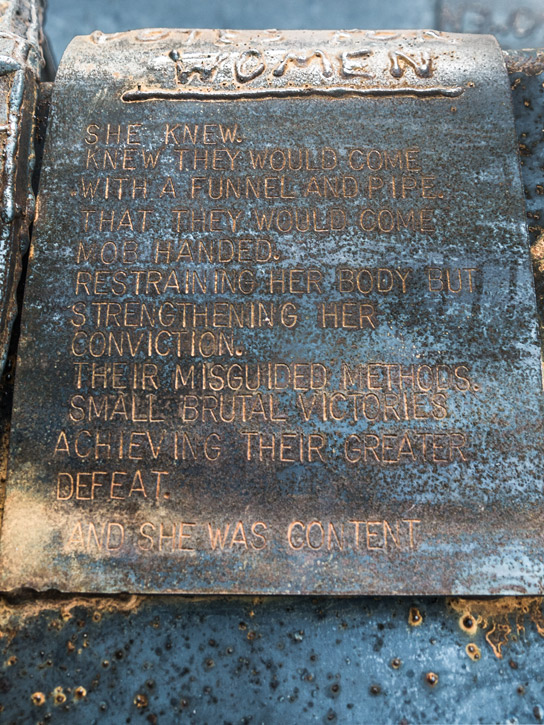
The statue of Emily Wilding Davison in Morpeth was created by the well-known County Durham-based sculptor Ray Lonsdale. As is usual with Lonsdale's sculpture, it is created from welded steel. The statue depicts Emily tipping over a bowl of food, in the knowledge that going on hunger strike would result in her being brutally force fed.
The statues erected in 2018 to commemorate prominent individuals in the campaign for women's suffrage are important for several reasons. Firstly, these strikingly evocative portraits honour the bravery and determination demonstrated by these remarkable women, and must also be seen to commemorate the enormous contribution by thousands of other like-minded women, from all social classes, who took an active and often militant role in the campaigns. They are also significant because they contribute to redressing the balance with regard to the representation of influential women of history in public sculpture.
I would encourage everyone who is able to do so to attend the marches and unveilings of new sculptures. These events are not only an opportunity to recognise the enormous contribution to society that the likes of Emmeline Pankhurst and Annie Kenney made, but to be part of the towns' collective memory in celebrating the lives of their heroines.
Anthony McIntosh, Public Sculpture Manager, Art UK




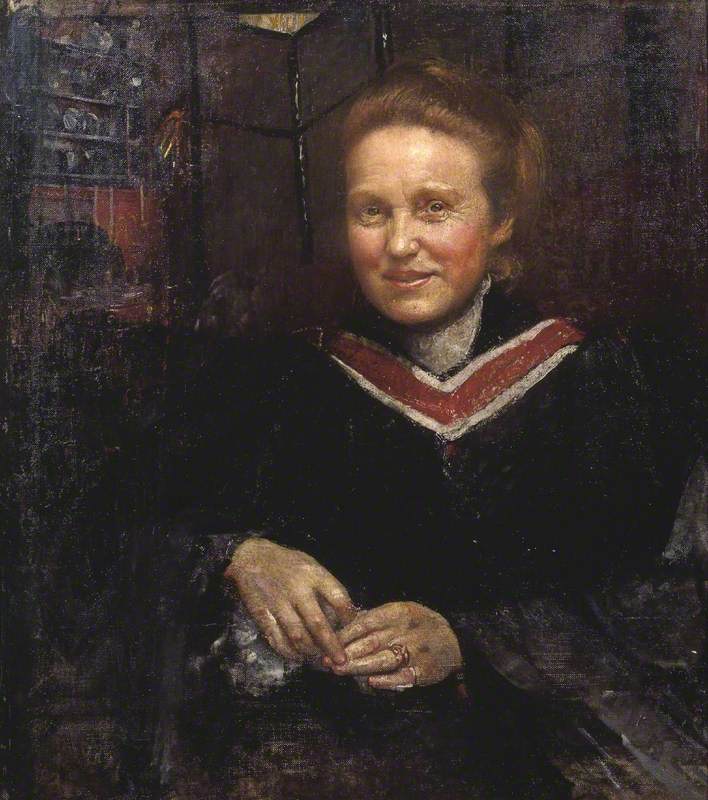

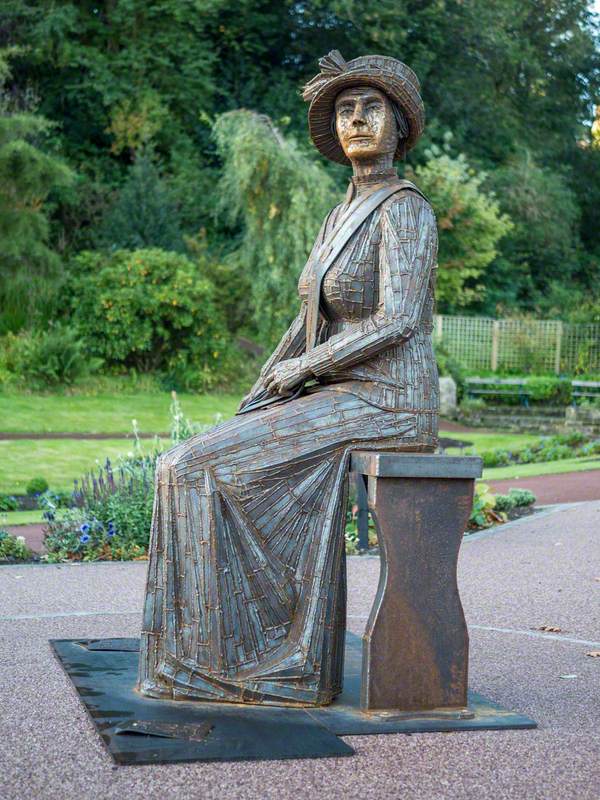

.jpg)


